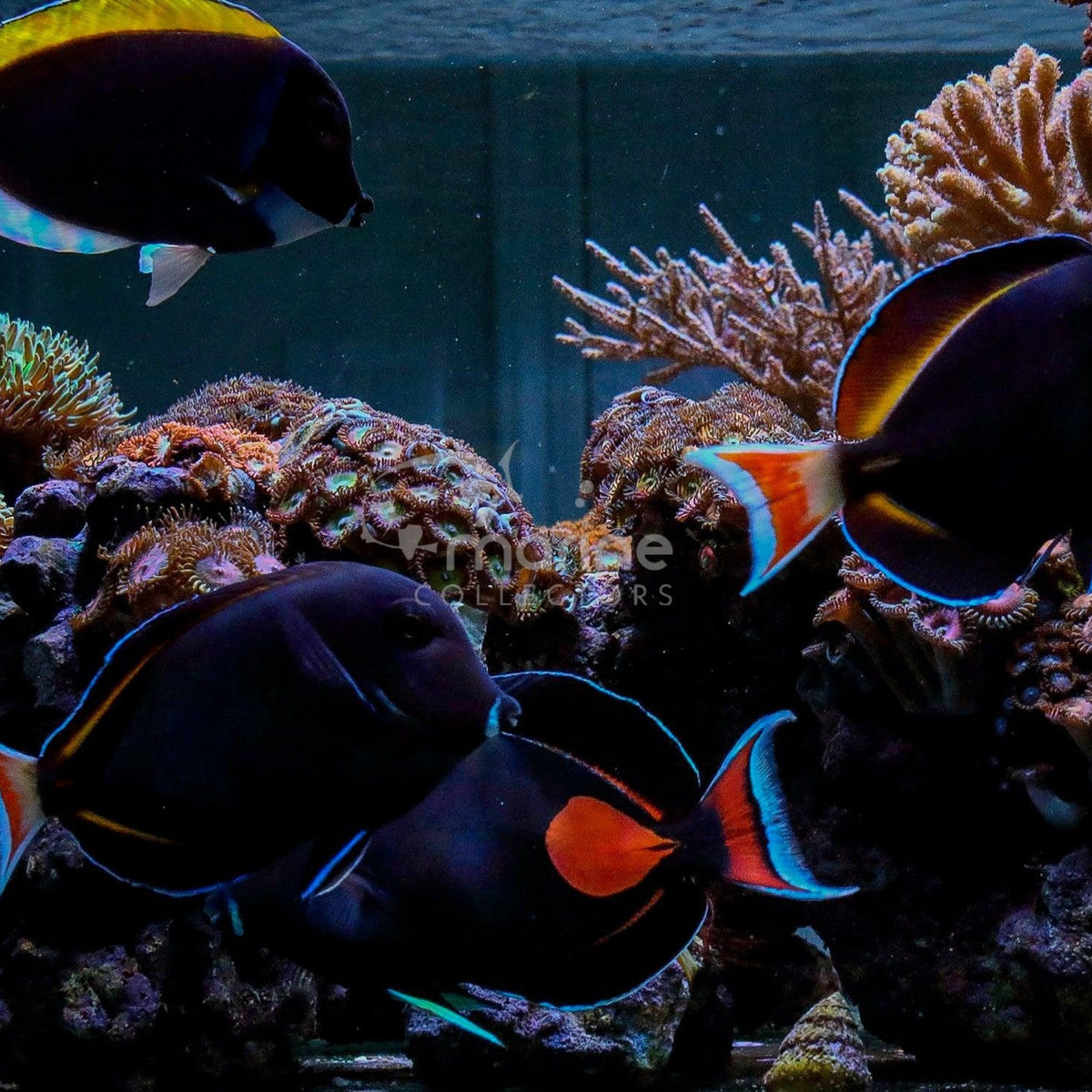I have four questions and would love any personal experiences to help make some decisions.
I’m in the process of adding fish from my three tanks to the new 670 gallon 10 footer. The tank will be a reef tank with a lot of coral.
Question one:
Does anyone have experience keeping two blue tangs together in a tank? Other tangs in this tank are two yellow tangs, kole tang, and desjardin tang.
Question two: I love my porcupine puffer and want to put him in this tank. He is currently in a tank with a bunch of soft coral and hasn’t touched it (mushrooms, Zoas, bta, Kenya tree, rock flower men’s) but no hard corals. Any stories of porcupines in a reef tank eating or not eating stony corals?
Question three: Any experience with a huma in a reef tank? Mine is in the same tank with the porcupine above.
Question four: I have six clowns all in hosted pairs, two regular percula, another two percula and a snowflake and black clown. Any stories on more than one pair of clowns in a tank?
For reference other fish in the tank will be: two yellow tangs, two blue tangs, kole tang, desjardin tang, clown pair, yellow goby, six line wrasse, leopard wrasse, file fish, blue damsel, two dotty backs, pistol shrimp
I’m in the process of adding fish from my three tanks to the new 670 gallon 10 footer. The tank will be a reef tank with a lot of coral.
Question one:
Does anyone have experience keeping two blue tangs together in a tank? Other tangs in this tank are two yellow tangs, kole tang, and desjardin tang.
Question two: I love my porcupine puffer and want to put him in this tank. He is currently in a tank with a bunch of soft coral and hasn’t touched it (mushrooms, Zoas, bta, Kenya tree, rock flower men’s) but no hard corals. Any stories of porcupines in a reef tank eating or not eating stony corals?
Question three: Any experience with a huma in a reef tank? Mine is in the same tank with the porcupine above.
Question four: I have six clowns all in hosted pairs, two regular percula, another two percula and a snowflake and black clown. Any stories on more than one pair of clowns in a tank?
For reference other fish in the tank will be: two yellow tangs, two blue tangs, kole tang, desjardin tang, clown pair, yellow goby, six line wrasse, leopard wrasse, file fish, blue damsel, two dotty backs, pistol shrimp


